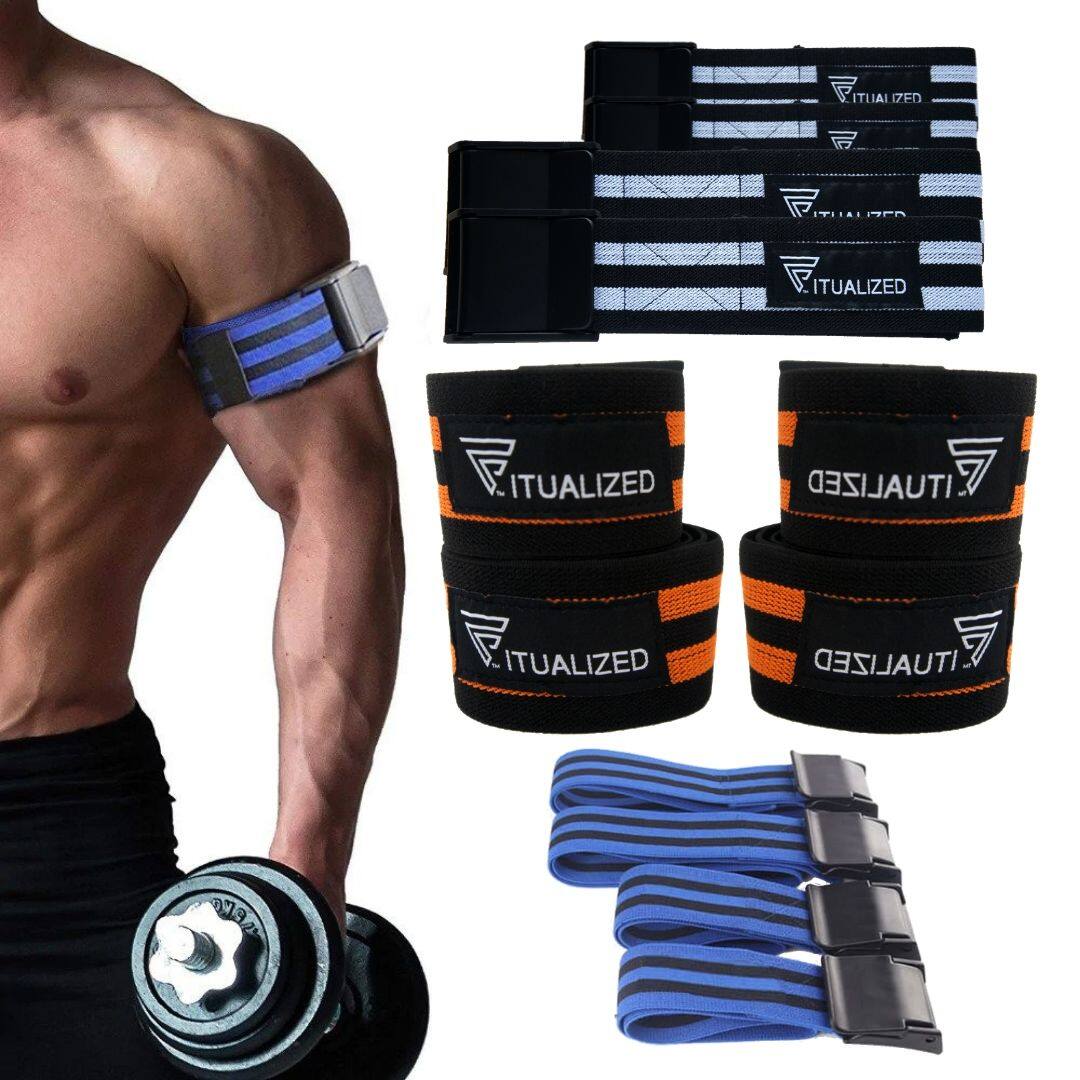

The first three sessions are the worst, Nelson says, so it’s worth giving it another couple of shots if the first bout is miserable. “I tell my athletes if they don’t like how it feels and they don’t like the experience, it’s not something that will work for them.” There’s no getting around that, Nelson says. What does blood flow restriction training feel like?Īs you might imagine, this is not comfortable.

Once the cuffs are relaxed, blood surges back into the muscle cells, which accelerates training recovery and subsequent fitness gains. These changes include recruiting more anaerobic fast twitch fibers, angiogenesis (or increased capillary density or the number of capillaries in your muscle tissue, which allows you to deliver more oxygen-rich blood), and increased efficiency of the mitochondria (your cell’s energy producers), because your body must make do under these stressful conditions with the oxygen it has so it quickly makes these adaptations. Blood flow restriction puts the muscle under strain and creates a hypoxic environment, which triggers a cascade of metabolic adaptations. blood flow from your muscles back to your heart). This simultaneously closes up venous flow (a.k.a. blood flow from the heart to your muscles) by 30 to 80 percent. The bands are typically inflated to achieve between 30 to 80 percent arterial occlusion pressure (AOP), meaning the cuffs obstruct arterial blood flow (a.k.a. Tyler NelsonīFR involves placing an inflatable blood flow restriction or occlusion cuff (much like a blood pressure band) around the upper arms or upper legs during exercise to reduce blood flow to the working muscles. Tyler Nelson works with a client using blood flow restriction training-the B Strong BFR Training System-while performing a deadlift. When you slow down the circulatory system to the working muscle, our bodies are really good at using the available oxygen better and more efficiently over time.”īefore you try blood flow restriction training, here’s what you need to know: How does blood flow restriction training work? “You also get additional benefits you wouldn’t get from your typical training because BFR is a novel stimulus your body isn't used to. “With BFR you don’t need as much volume and intensity,” he says. It’s also useful for everyday athletes who don’t have the time for more volume of training or to recover from the intensity of conventional training, says exercise scientist Tyler Nelson, D.C., C.S.C.S., owner of Camp4 Human Performance in Taylorsville, Utah, where he practices rehab, strength and conditioning, and blood flow restriction therapy.

That’s why elite level, high-performance athletes, like Olympians, have started incorporating BFR training into their routines: They can eek out marginal gains above and beyond the adaptations from conventional training alone. Outside of the rehab setting, BFR training can be used to stimulate training gains with less intensity than you typically need, so you can recover more easily, train more frequently, and (literally) squeeze more out of each session. Quick Recovery Tricks to Get You Back on the Bike.


 0 kommentar(er)
0 kommentar(er)
